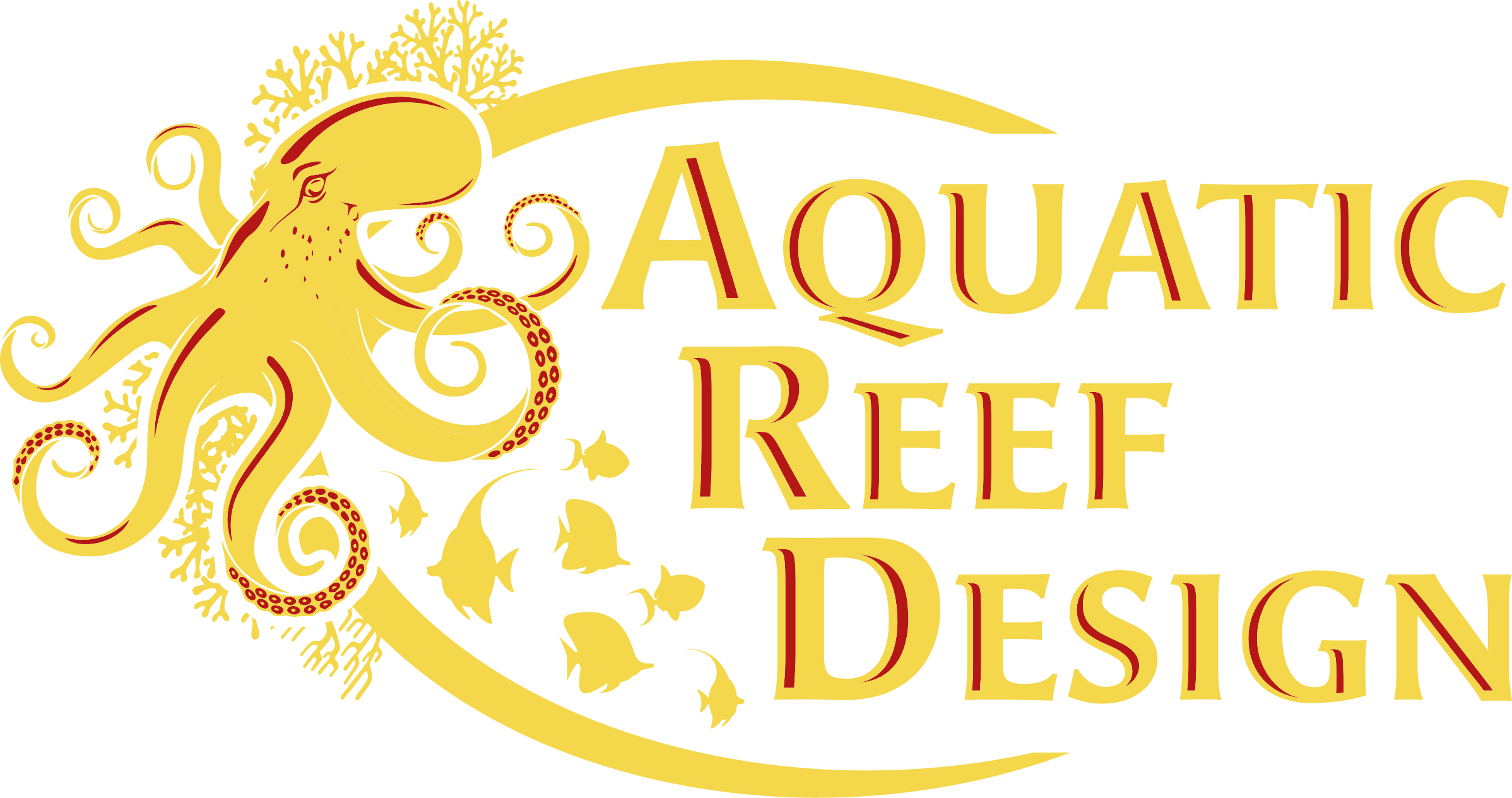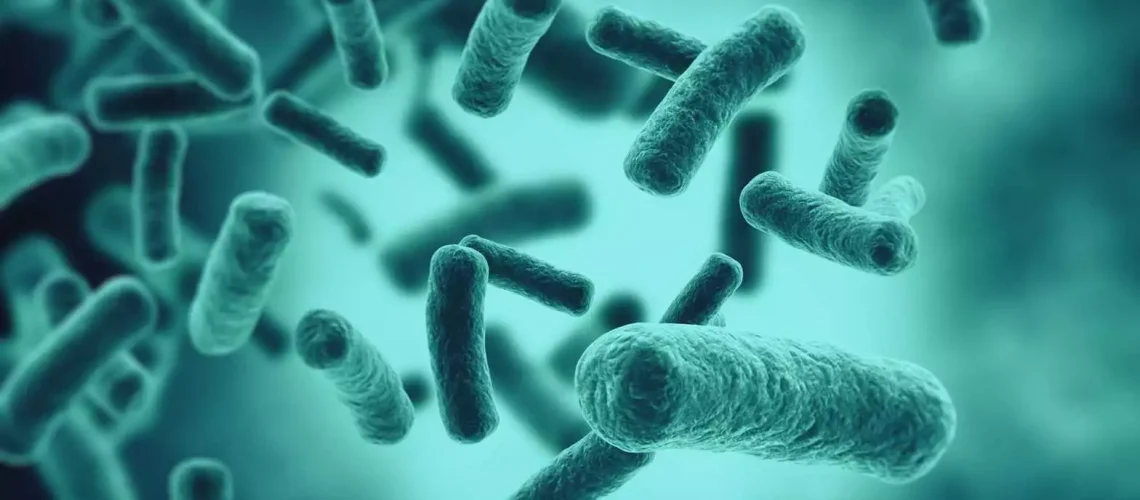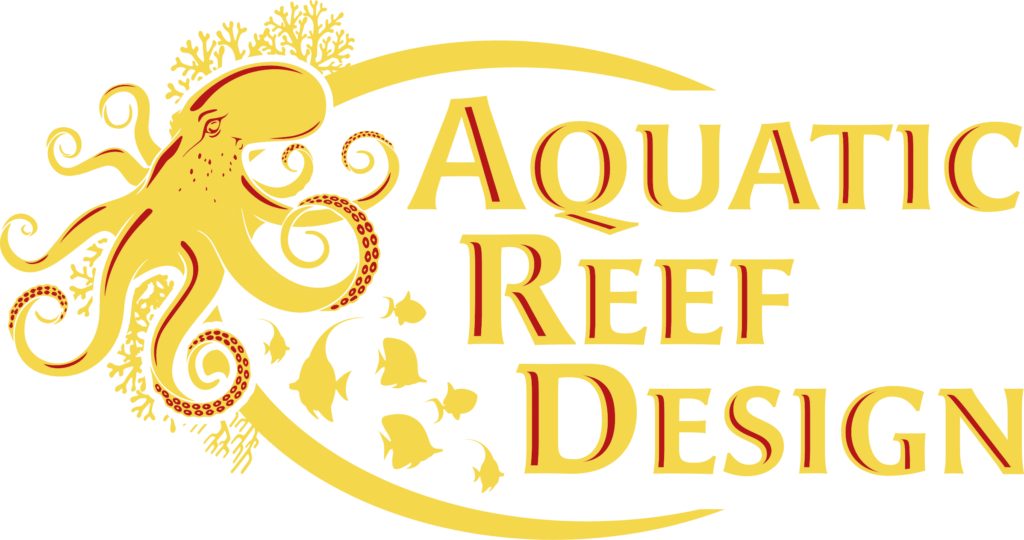
When we think of a thriving reef tank, our minds often conjure images of vibrant corals, graceful fish, and intricate rock formations. Yet, there’s an unseen world just as vital to the health and balance of your aquarium: the world of bacteria. In this blog post, we delve into the microscopic realm of these tiny yet mighty inhabitants of your reef tank. Understanding the role of bacteria is crucial for every reef enthusiast, from beginners to seasoned aquarists. These microscopic organisms work tirelessly behind the scenes, maintaining the delicate balance of your tank’s ecosystem. Join us as we explore the types of bacteria that call your reef tank home, their critical functions in the nitrogen cycle, and how to cultivate a healthy bacterial community. Whether you’re troubleshooting a problem or just aiming to enhance the overall health of your aquarium, a deeper knowledge of these essential microorganisms will be your key to success. Let’s dive in!
Introduction to Bacteria in Reef Tanks
At first glance, your reef tank may seem to be a world dominated by its more visible inhabitants: colorful fish, swaying corals, and undulating anemones. However, this vibrant ecosystem is also home to an invisible yet indispensable community – bacteria. These microscopic organisms are the unsung heroes of your aquarium, playing a pivotal role in its health and stability.
Bacteria in reef tanks come in various forms, each serving a unique purpose. Some are beneficial, forming the backbone of the aquarium’s biological filtration system. They are the custodians of your tank, tirelessly breaking down waste products, thus preventing the buildup of harmful substances like ammonia and nitrites. Without these beneficial bacteria, the delicate balance of your marine ecosystem could easily be disrupted, leading to unhealthy conditions for your aquatic life.
Conversely, not all bacteria in the tank are allies. Some can be harmful, causing diseases in fish and corals or leading to issues like excessive algae growth. Understanding the difference between these beneficial and harmful bacteria, and knowing how to manage them, is crucial for any reef tank owner.
The key to a healthy reef tank lies in maintaining the right balance of bacterial populations. This balance is delicate and can be influenced by various factors, including water quality, tank cleanliness, and the presence of live plants and animals. Striking this balance is not just about having bacteria in the tank; it’s about fostering the right kinds of bacteria in the right amounts.
For the hobbyist or professional aquarist, understanding the role of bacteria is not just an academic exercise. It’s a practical necessity. The health of your reef tank is directly tied to the health of its bacterial community. This section of our blog aims to demystify these tiny, yet mighty, inhabitants of your reef tank. We’ll explore the different types of bacteria you’ll encounter, their roles in your tank’s ecosystem, and how you can manage them to maintain a flourishing reef environment.
Join us as we embark on this microscopic journey, uncovering the secrets of bacteria in your reef tank and how to harness their power for a thriving aquatic world.
The Nitrogen Cycle
The nitrogen cycle is a fundamental ecological process that plays a crucial role in every reef tank. It’s the invisible engine that drives the health of your aquarium, converting harmful waste into less toxic substances. Understanding this cycle is key to maintaining a thriving and balanced reef environment.
Ammonia – The Starting Point: It all begins with ammonia, a toxic compound that enters your tank through fish waste, uneaten food, and decaying plant matter. In a healthy tank, beneficial bacteria, known as Nitrosomonas, immediately get to work, converting ammonia into nitrite. This is an essential step, as ammonia can be deadly to fish and corals even in low concentrations.
Nitrite – The Intermediate: Nitrite, while less harmful than ammonia, is still dangerous to your tank inhabitants. Another group of beneficial bacteria, Nitrobacter, takes over, transforming nitrite into nitrate. This conversion is crucial as nitrate is significantly less toxic compared to its predecessors.
Nitrate – The Final Product: Nitrate is the end product of the nitrogen cycle in most reef tanks. Although it’s less harmful, high levels of nitrate can lead to algae overgrowth and can stress aquatic life. Regular water changes and maintaining a balanced ecosystem help manage nitrate levels.
Denitrification – The Advanced Stage: In some well-established reef tanks, special anaerobic bacteria can convert nitrate into nitrogen gas, which harmlessly escapes into the air. This process, known as denitrification, typically occurs in areas of the tank with very low oxygen levels, like deep within live rock or substrate.
Monitoring & Testing: Regularly testing your water for ammonia, nitrite, and nitrate levels is vital. These tests help you understand the state of your nitrogen cycle and the overall health of your tank.
Troubleshooting Common Bacterial Issues in Reef Tanks
Even with careful maintenance, reef tanks can sometimes experience bacterial issues that can impact the health of the ecosystem. Understanding how to identify and address these problems is key to restoring and maintaining the balance of your aquarium.
Bacterial Blooms
- Symptoms: A sudden, cloudy appearance in the water, often occurring in new tanks or after a significant change in the tank environment.
- Causes: Overfeeding, excessive organic waste, or a sudden increase in nutrients can cause a rapid growth of bacteria.
- Solutions: Reduce feeding, perform water changes, and ensure adequate filtration. For new tanks, allow more time for the bacterial colonies to stabilize.
‘New Tank Syndrome’
- Symptoms: Elevated levels of ammonia or nitrite, often seen in newly set up tanks.
- Causes: This occurs when the beneficial bacteria responsible for the nitrogen cycle have not fully established themselves.
- Solutions: Patience is key. Avoid adding too many fish at once and regularly test water parameters. Using live rock or bacterial supplements can help establish the necessary bacterial colonies.
Cyanobacteria (Red Slime Algae)
- Symptoms: A red or dark brown slimy film covering tank surfaces, often with a foul smell.
- Causes: Poor water circulation, excessive nutrients, and light.
- Solutions: Improve water flow, reduce lighting periods, remove visible cyanobacteria manually, and ensure proper tank maintenance. Chemical treatments are available but should be used cautiously.
Fish Diseases Linked to Bacteria
- Symptoms: Fish showing signs of stress, unusual swimming patterns, or physical ailments like ulcers or fin rot.
- Causes: Harmful bacteria can proliferate due to poor water quality or a weakened immune system in fish.
- Solutions: Isolate affected fish, improve water quality, and consider consulting a veterinarian for appropriate treatments.
Conclusion: Embracing the Microbial World of Your Reef Tank
As we reach the end of our exploration into the world of bacteria in reef tanks, it’s clear that these microscopic organisms play a monumental role in the health and balance of your marine ecosystem. From the vital processes of the nitrogen cycle to the prevention of harmful bacterial outbreaks, understanding and managing these unseen inhabitants is key to a thriving aquarium.
Key Takeaways
- Balance is Everything: Maintaining a healthy balance of beneficial bacteria is essential for the well-being of your reef tank.
- Patience and Observation: Regular monitoring and a patient approach to tank management can prevent many common bacterial issues.
- Knowledge is Power: Understanding the roles and behaviors of different bacteria helps you make informed decisions for your tank.
Embracing the microbial world of your reef tank doesn’t stop here. Continue educating yourself, testing your water regularly, and staying observant of the changes in your tank. Remember, every aquarium is unique, and what works for one might not work for another. Stay curious, experiment carefully, and don’t be afraid to seek advice from fellow reef enthusiasts or professionals.
As you look at your reef tank, appreciate not just the visible beauty but also the invisible microbial processes that keep it vibrant and healthy. It’s a complex, fascinating world, and you’re now better equipped to ensure its success.
Happy reefing!









